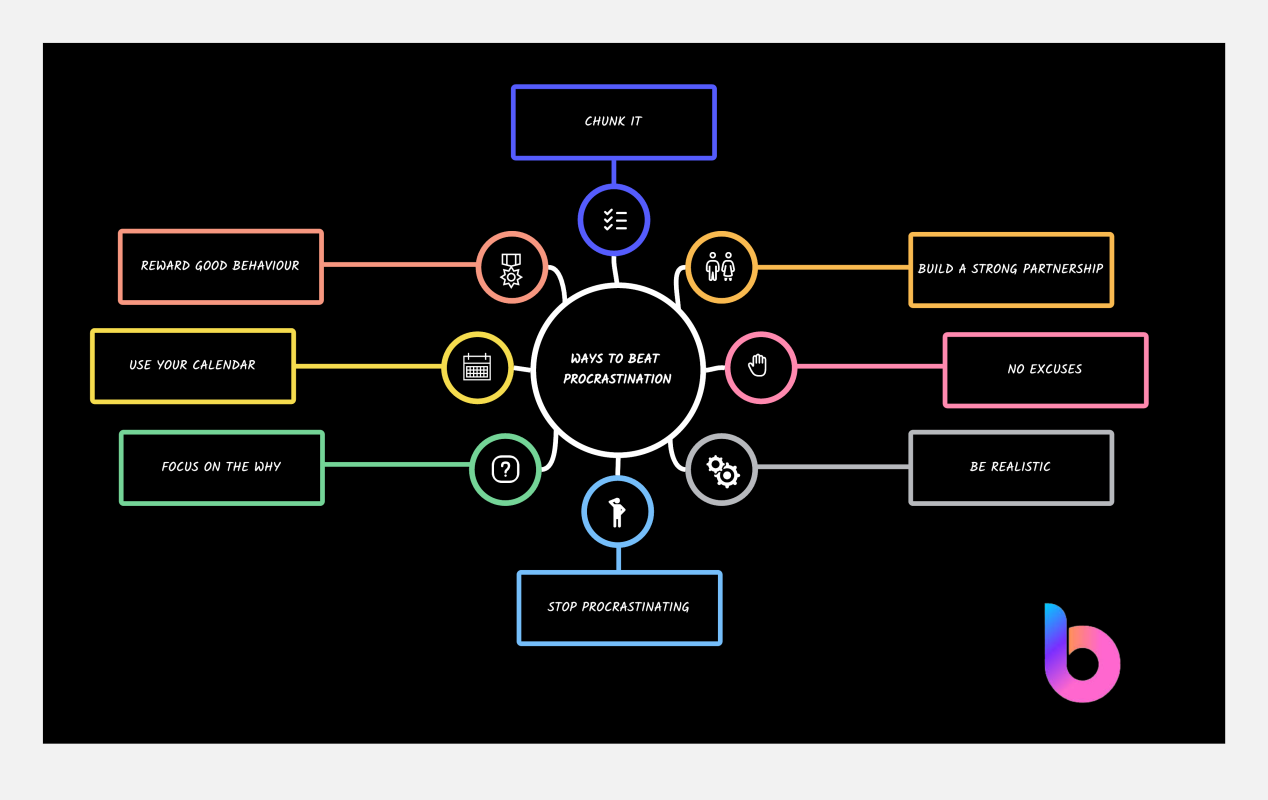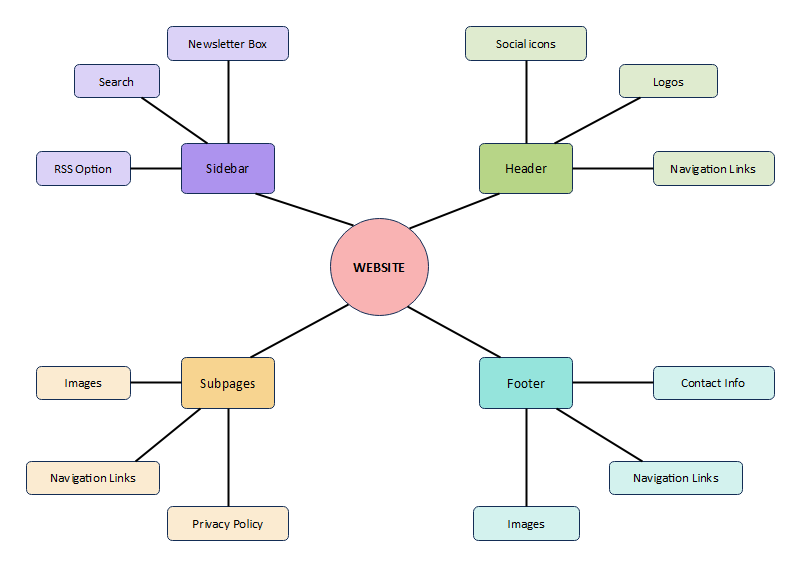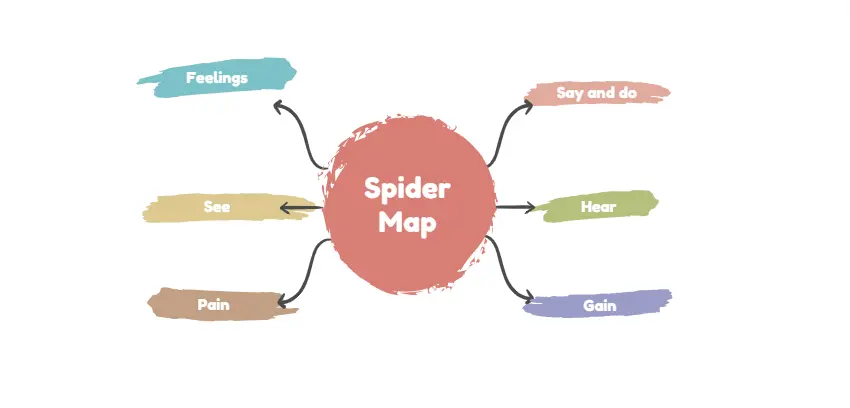Spider maps, also known as mind maps or web diagrams, are powerful tools for visualizing ideas, organizing thoughts, and fostering creativity. They can be incredibly effective in brainstorming sessions, problem-solving activities, and project planning. However, like any tool, their effectiveness depends on how you use them. In this blog, we will explore seven amazing tricks to maximize the effectiveness of spider maps, helping you unlock their full potential for your personal and professional projects.
1. Start with a Clear Central Idea
The heart of any spider map is the central idea. This is where all the branches of your map will originate, so it’s essential to start with a clear and well-defined concept. Whether you are brainstorming for a project, outlining a presentation, or mapping out a complex problem, your central idea should be concise yet comprehensive.
Write your central idea in a way that captures the essence of what you want to explore. Use keywords that are broad enough to allow for multiple branches but specific enough to keep your focus. For example, instead of “Marketing,” you could use “Digital Marketing Strategies” to give your spider map a more targeted direction.

Image from: boardmix
2. Use Color to Differentiate Branches
Colors are a powerful visual tool that can significantly enhance the effectiveness of your spider map. By using different colors for each branch, you can create a visual distinction between various ideas, themes, or categories. This not only makes your map more visually appealing but also helps in better understanding and retaining information.
Choose colors that are both aesthetically pleasing and meaningful. For example, use green for ideas related to growth, blue for concepts related to communication, and red for critical challenges. This color-coding technique can make your spider map more intuitive and easier to navigate.
3. Incorporate Visuals and Icons
Adding visuals, icons, or even small sketches to your spider map can make a significant difference in its impact. Visual elements can serve as memory triggers, making it easier for you to recall information and understand complex ideas at a glance. They also add an element of creativity, making the mapping process more engaging.
Don’t be afraid to mix in images, symbols, or drawings that represent your ideas. For example, if one branch of your map is about customer satisfaction, you could add a smiley face icon to make it more memorable. Tools like MindMeister or Lucidchart offer extensive libraries of icons that you can use to enhance your maps.

Image from: EdrawMax
4. Keep It Hierarchical Yet Flexible
While spider maps are inherently flexible, maintaining a hierarchical structure can help keep your ideas organized. Start with broad categories branching out from the central idea, then break these down into subcategories and individual points. However, remember that a spider map is not a rigid structure—feel free to add connections between different branches or move items around as your ideas evolve.
Use different line styles or thicknesses to indicate the importance or relationship between ideas. For instance, a solid line can indicate a direct connection, while a dashed line could represent a more abstract or conceptual link. This approach helps maintain a clear hierarchy without losing the flexibility that makes spider maps so powerful.
5. Limit the Number of Main Branches
To prevent your spider map from becoming overwhelming or cluttered, it’s advisable to limit the number of main branches extending from the central idea. Too many branches can dilute the focus and make the map harder to navigate. Aim for a maximum of six to eight primary branches, each representing a distinct category or theme.
If you find that your spider map is becoming too complex, consider breaking it down into multiple maps. For example, you could create separate spider maps for different phases of a project or different aspects of a problem. This modular approach allows for deeper exploration without sacrificing clarity.

Image from: EdrawMax Online
6. Review and Refine Regularly
A spider map is a living document that should evolve with your project or thought process. As you gather more information or gain new insights, take the time to review and refine your map. This ongoing process of revision ensures that your map remains relevant and useful, helping you stay on track and adapt to changing circumstances.
Set aside regular intervals to review your spider map, such as at the end of each project phase or after each brainstorming session. During these reviews, ask yourself if the map still aligns with your goals and if any branches need to be expanded, merged, or eliminated. This practice keeps your map dynamic and ensures it continues to serve its purpose effectively.
7. Leverage Technology for Enhanced Collaboration
In today’s digital age, spider maps are no longer confined to pen and paper. Numerous digital tools and software applications allow you to create, share, and collaborate on spider maps in real-time. These tools offer features like cloud storage, cross-platform access, and collaborative editing, making it easier to work on spider maps with team members, regardless of their location.
Explore digital spider mapping tools like MindMeister, XMind, or Coggle to enhance collaboration. These tools often come with built-in templates, export options, and integration with other project management software, streamlining the entire process. Additionally, using digital tools allows you to incorporate multimedia elements like videos, links, and documents directly into your spider map, adding another layer of depth to your work.

Image from: EdrawMind
Conclusion
Spider maps are more than just a tool for organizing thoughts—they are a gateway to creativity, clarity, and powerful problem-solving. By implementing these seven amazing tricks, you can maximize the effectiveness of your spider maps, turning them into indispensable assets for both personal and professional use. Whether you’re a student, a business professional, or a creative thinker, these techniques will help you make the most of your spider maps, ensuring they are not just effective, but truly powerful. So, the next time you sit down to create a spider map, remember these tips, and watch your ideas come to life in ways you never imagined.







.C5FiwSKU_Z2vm2yk.webp)
